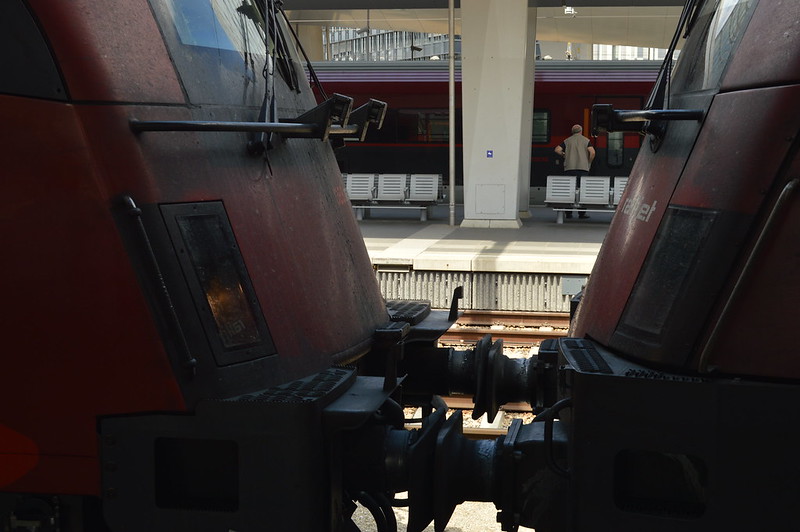Why does all this have to be so 'either/or'..?
Thing is, conceptually they were conceived to be a distinct concept in rolling stock provision... a combination of elements of push-pull loco-haulage and multiple-unit set formation... and helpfully a distinct new nomenclature was adopted to describe the concept.. namely HSTs, comprising power cars and trailers, in their own distinct numbering series within the BR coaching stock series.
Turns out in the event the concept proved to be more flexible in practical operational terms, and it made practical operational sense to use them more flexibly than was originally conceived..
But the concept is still recognisably what it always was, even though it was flexible enough to evolve and adapt through time, as it continues to be..
And none of that undermines the nomenclature that has always been used for them, in terms both of vehicles and concept.
So it's difficult to work out why anyone would be so insistant on re-defining them at this stage, and trying to force them into narrow, prescriptive, pre-existing, limiting, 'either/or' boxes.. when a perfectly adequate, accurate and suitably flexible descriptor has existed for them for half a century..!
It all seems a bit pointlessly obsessive/trainspottery/OCD..? (Disclaimer.. no gratuitous trivialisation of mental health issues intended)
Maybe everyone could agree that what they actually are is HSTs, comprising power cars and trailers, and in everyday practical terms (wiring and control systems, drawgear, day-to-day operation), that's what they always were and what they continue to be..



 DSC_0051
DSC_0051